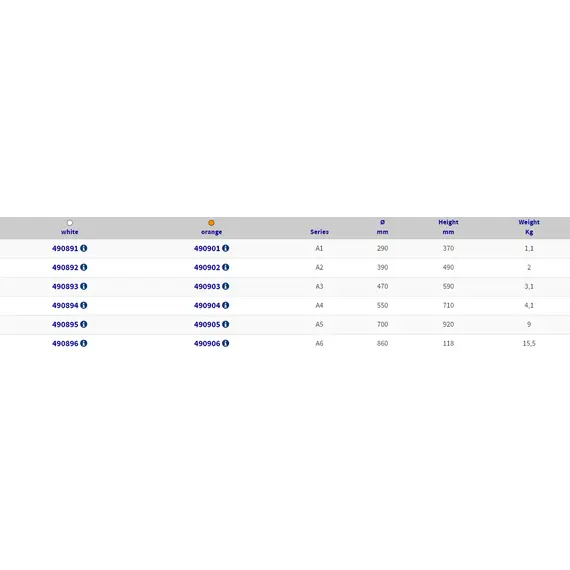This and similar products are widely used to protect the sides, bow and stern of ships from collisions during mooring and friction during prolonged anchorage. It is actively used for emergency dangerous maneuvers like maneuvering among other boats. Captain around the world buy fenders to place them as a protective buffer between the ship's hull and other hard surfaces:
- walls of piers and berths;
- sides of other vessels;
- mooring piles;
- lock chambers walls.
The fenders protect the side coating from scratches, abrasive damage, save the nerves and money of the owner of the yacht. The height of the spherical dampers is usually selected so that they cover a little more than half of the freeboard. The wide diameter provides a greater distance from the quay wall to the surface of the hull, and therefore greater safety.
Captains and crew usually buy fenders in batches considering that one fender goes for every two or three meters of the boat, but not less than three pieces for each side. With the diameter of 29 cm, 37 cm high and weighing only around one kilogram, it is suitable for small boats or for docking medium yachts at floating pontoons. They are also widely used to protect the sides of two boats from friction when joint mooring.
The main body material is a proprietary standard from an American manufacturer:
- it provides increased wear resistance;
- does not give in to an erosion from sea water, does not collect algae;
- immune to ultraviolet radiation and temperature differences;
- environmentally friendly and non-toxic.
This fender has a recognizable style and design. Since it is orange or white in color, it can also serve as a signal buoy and has a valve for pressure regulation. Side-tied attachment allows you to freely adjust the height.
The dampers are placed hanging from the sides on cables or chains, after inflating them and creating the necessary pressure inside. It is important not to pump the fender too much so that it gives in slightly under load. On the ship itself, the free end is attached to a low-lying reliable structure such as railing or to special brackets for fenders.
Pear-shaped fenders are most often located only in the stern or near the bow of the yacht, but are often used along the entire length when mooring at solid piers with strong tides.

















